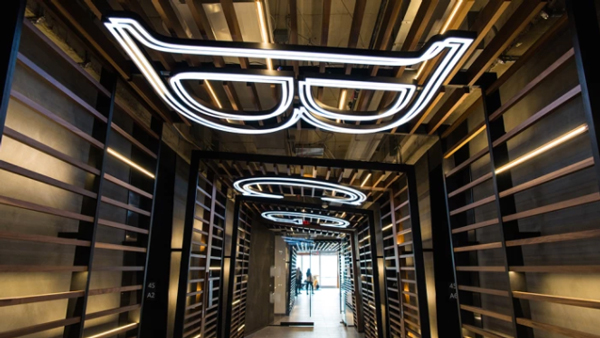Trending
Are communal work spaces the hottest trend in office design?
A new report shows some businesses are ditching assigned desks

With an eye on ditching assigned work stations, businesses are upping office square footage dedicated to each employee through shared work spaces.
According to a new report by architecture and design firm Ted Moudis Associates, many companies are adding alternative spaces for employees to get work done, like kitchen areas and “quiet zones,” the Wall Street Journal reported. The report is based on 2.4 million square feet of the firm’s office work.
The average “seat” space per worker — which includes work stations and communal spaces — has increased from 142 square feet in 2016 to 165 square feet, according to the report. In fact, a majority of office space is dedicated to these shared spaces: The report found that 52 percent of seats were dedicated to communal spaces while 48 percent were set aside for assigned workstations.
At Boston Consulting Group’s 10 Hudson Yards office, the company has living rooms, “conversation nooks,” huddle rooms and a café with free food where some employees hunker down for the entire day. Some companies are adopting versions of office designs with unassigned workspaces. Letting employees choose where they work can lead to more productivity, according to designers.
“People are saying we tried the open plan, and there is a lot of virtue in having people connect,” Lenny Beaudoin, of CBRE, told the Journal. “But if you can’t get work done, that is problematic.” [WSJ] — Kathryn Brenzel




